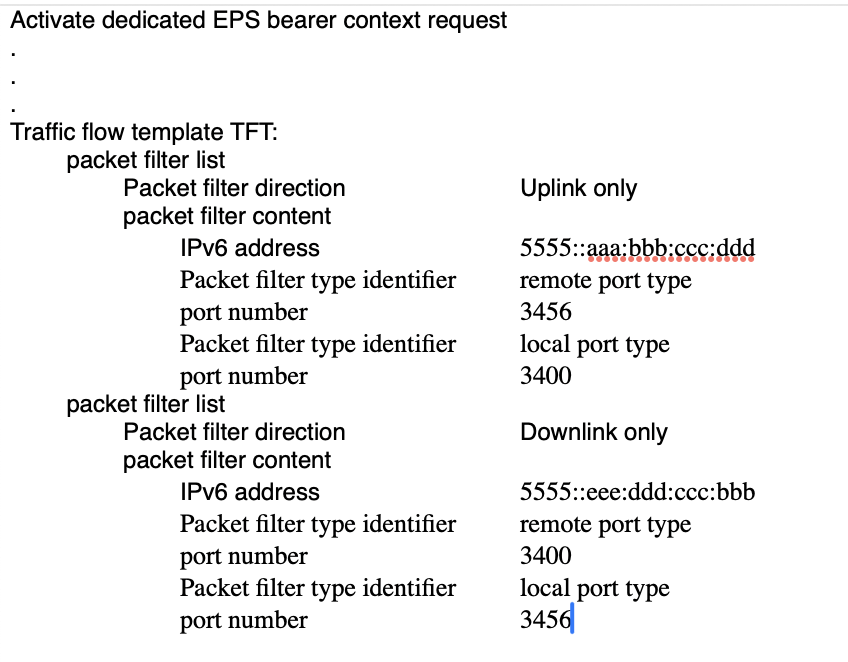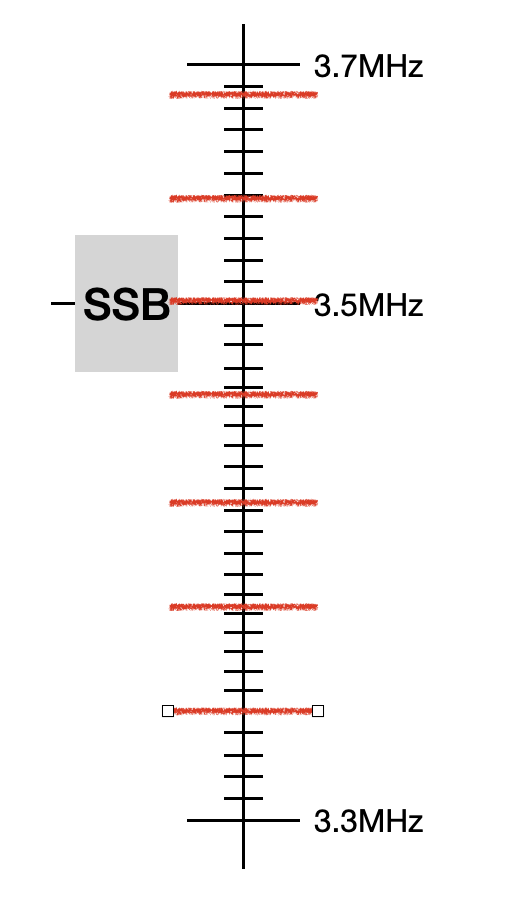Timing advance is a signal where eNB or gNB indicates to UE incase of any adjustment required to align with the slot boundaries. if in any case UE fails to configure this UL or wrongly configured this value then gNB will not able to decode what UE want to transfer as the UL boundary might have crossed.
Below is the example where gNB sent signal to UE which is 4km away and time taken to reach this signal to UE is calculated as
time = Distance/Speed
that would be 4000/3*10^8 = 13.33 ms(microseconds). this is the time it takes for a UE to reach gNB node and vice versa.
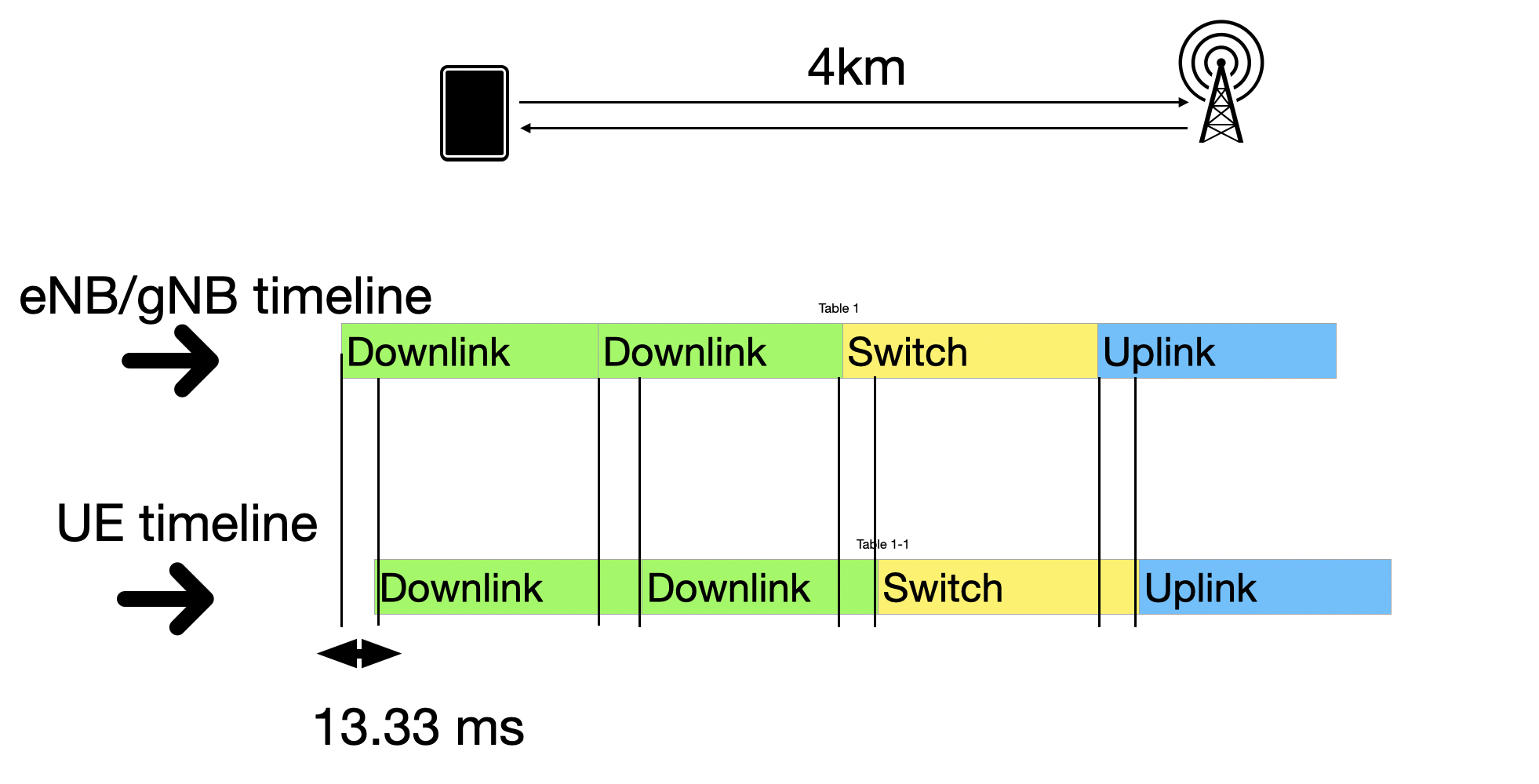
But in case if the UE knows that timing advance then it adjusts and try to send well in advance to meet the slot boundaries so that gNB able to decode it successfully. below is the example where gNB sent data and reached UE with some delay and when UE tries to send back it sent the response in advance as it is aware of TA.
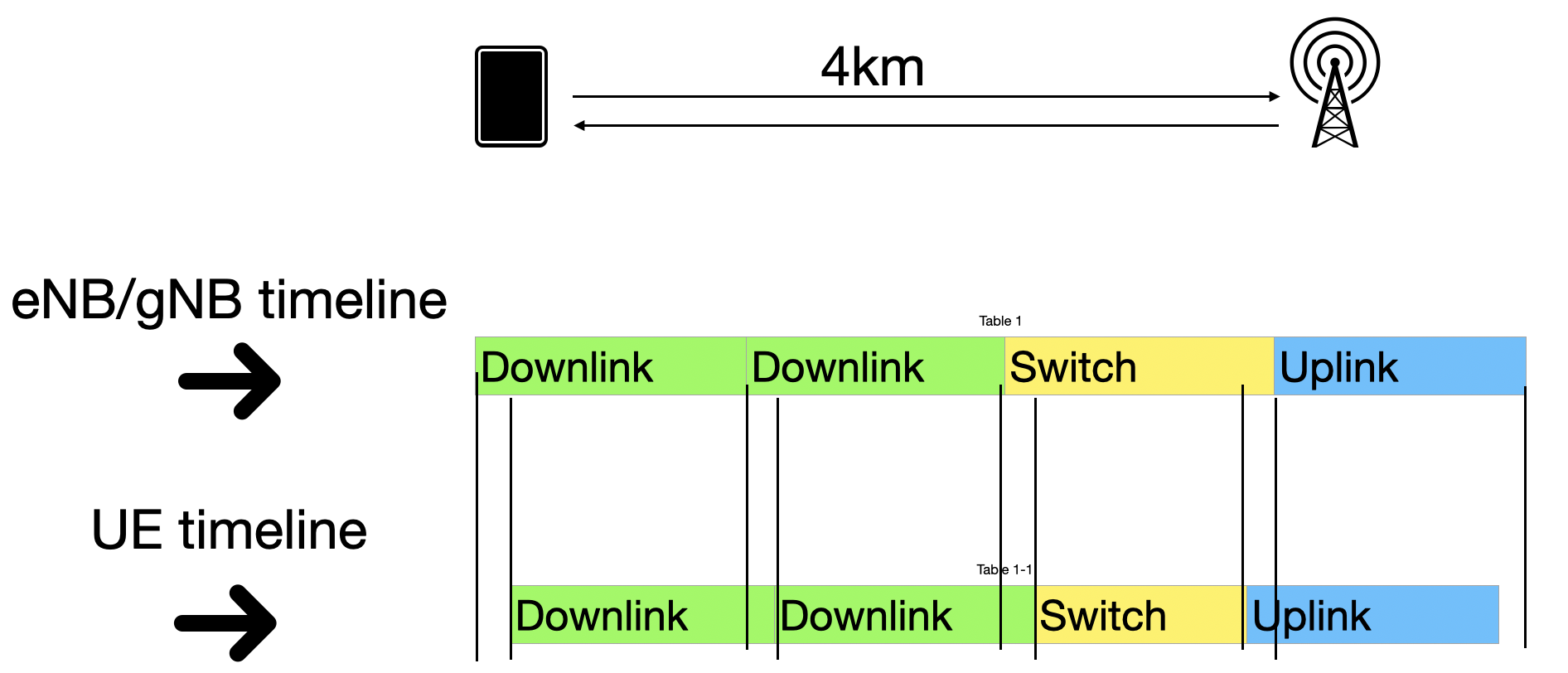
Cyclic Prefix:
when UE sends any data to gNB it can reach in multipe directions on its way. So gNB receives multiple copies of same data because of multiple path and there is a high chance sometimes there is a chance one symbol may collide with other and leads to loss of data.

multipath causing ISI – inter symbol interference. to counter this ISI cyclic prefix is used where part of the previous symbol aded as guard to protect the next symbol from collision.
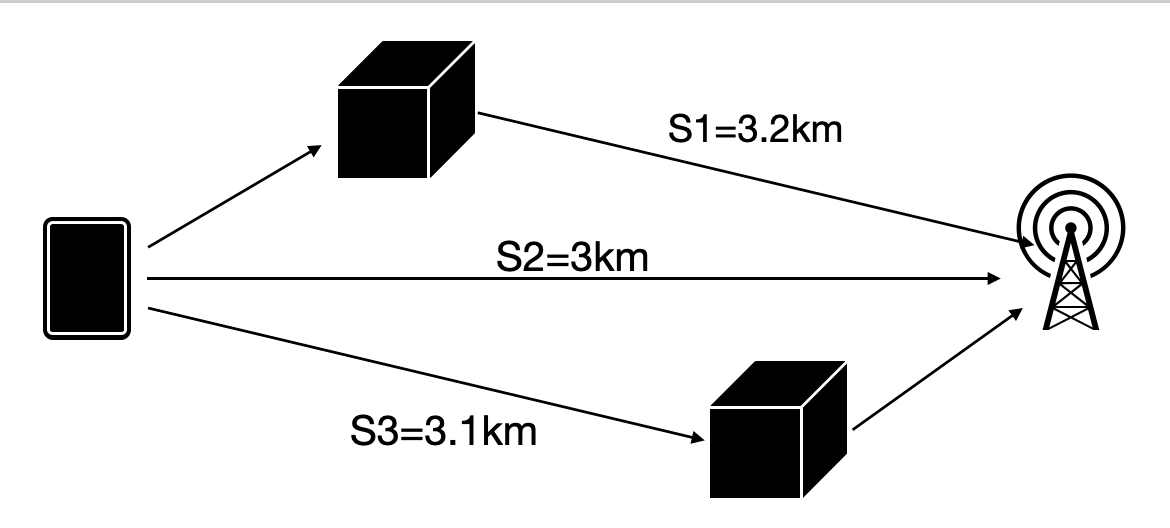
so TA helps UE to adjust to the slot boundaries to be in sync with gNB timing and cyclic prefix is mainly to counter ISI during multipath.


